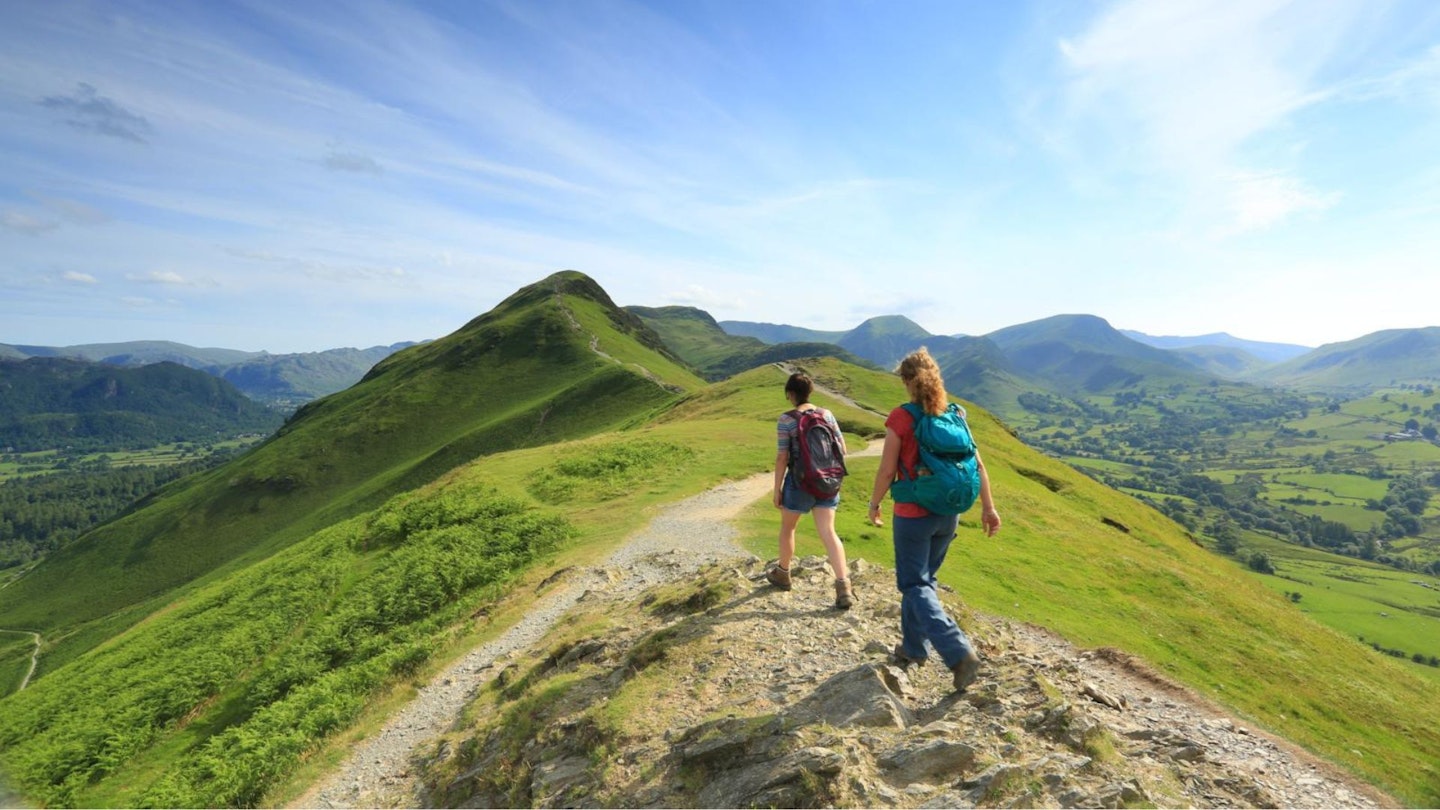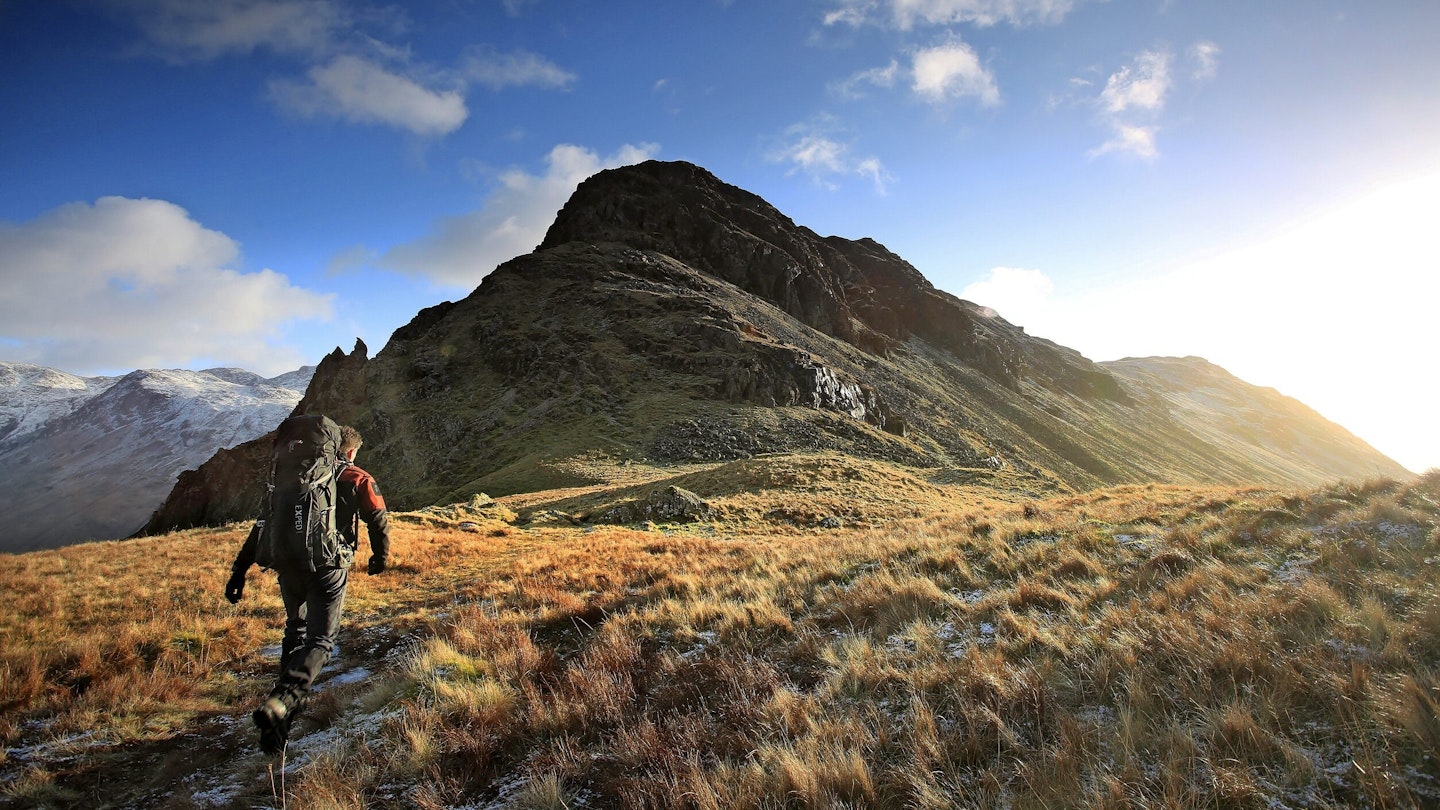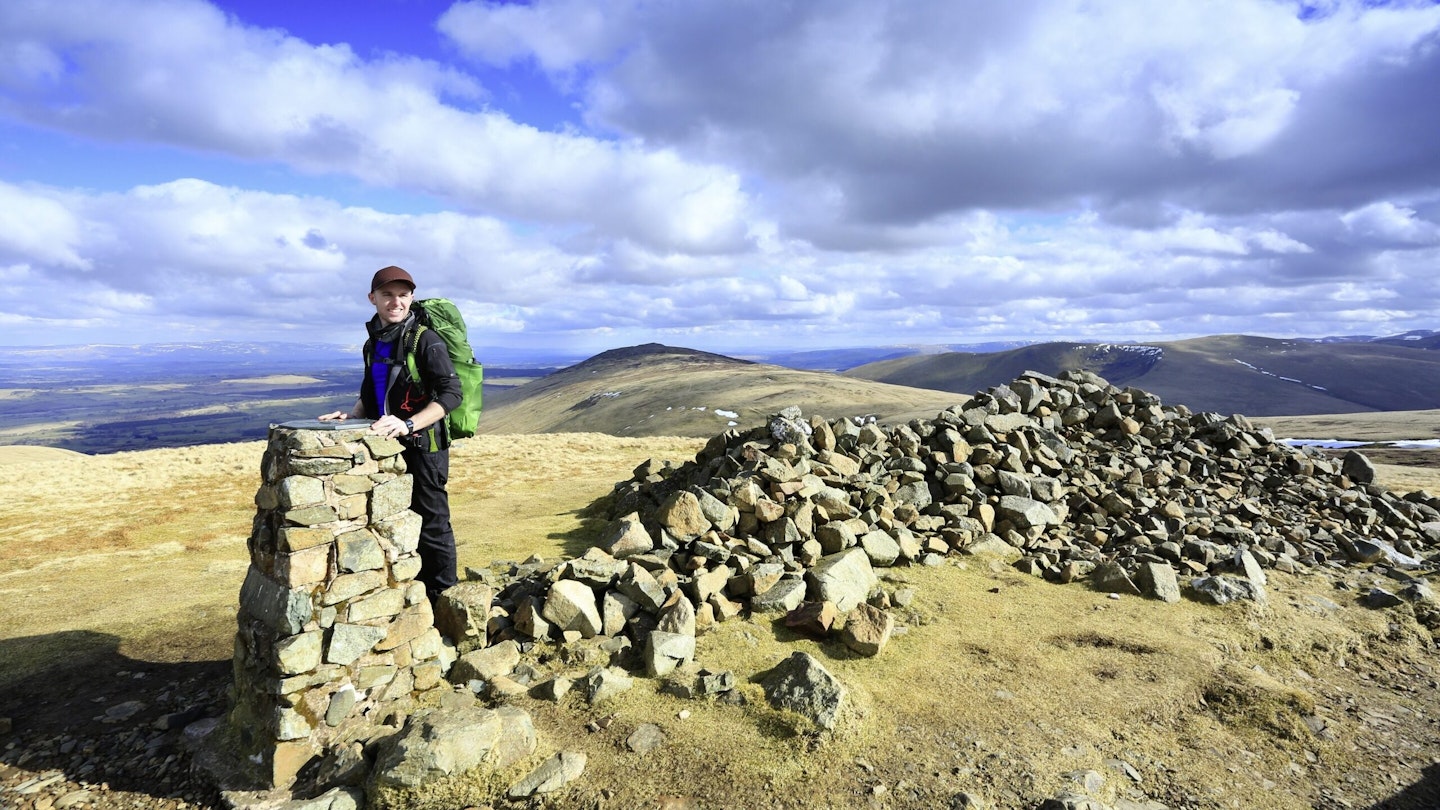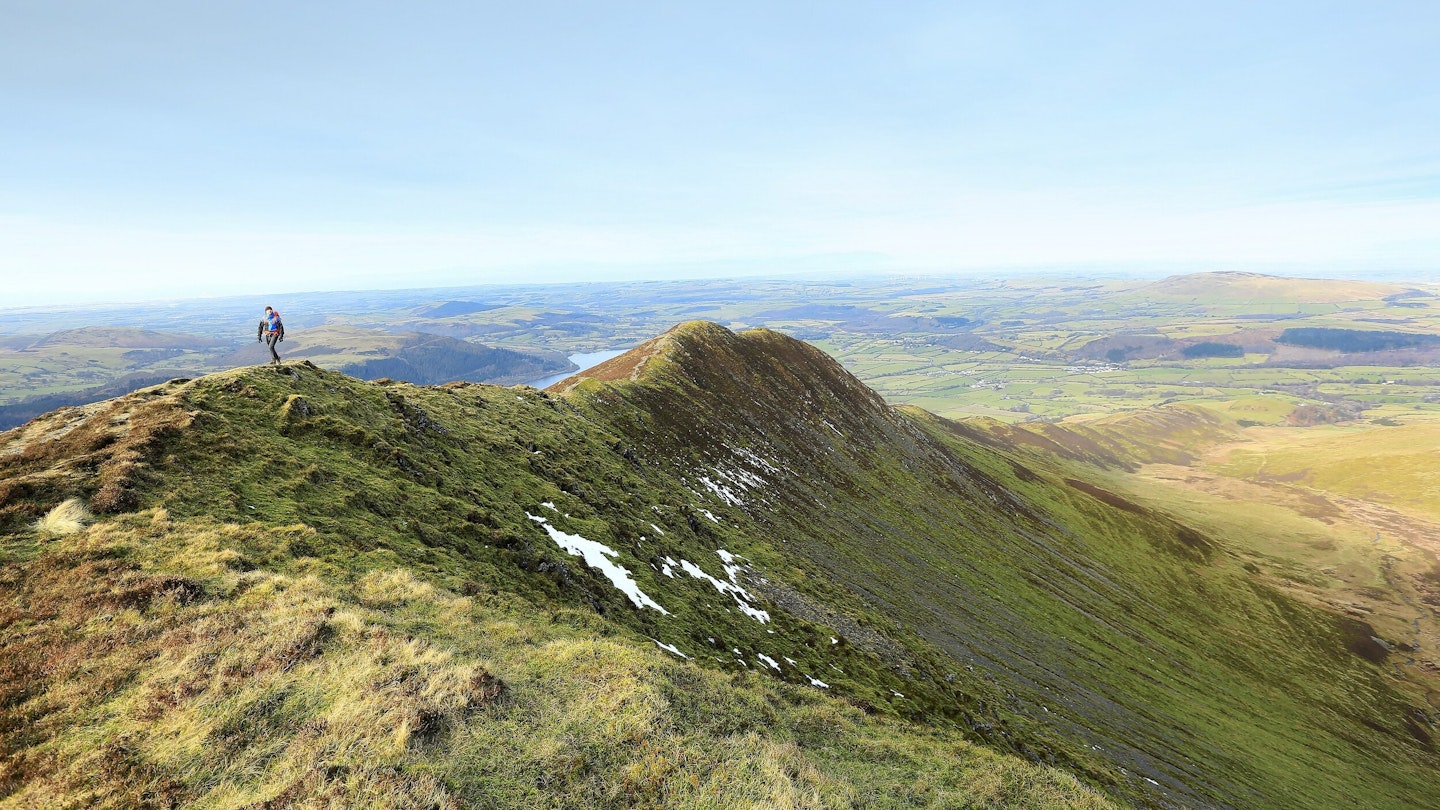The Country Walking magazine have been walking in the Lake District all their lives, and each have different reasons for picking a favourite hillwalk...
Cat Bells (451m/1480ft)
Chosen by Nick Hallisey, Country Walking deputy editor

Cat Bells appears in so many photos, wall hangings, route guides, family albums and Instagram stories that we can almost become inured to it. The starter mountain, the friendly peak, the overcrowded one. The appeal is obvious: the distinctive outline, the accessibility from Keswick, the modest height (1480ft) that offers a panorama that blows the mind of veteran and newcomer alike. Not to mention the thrill of using the launch across Derwent Water as the bookends of the day (far more fun than tussling for the few parking spots at the bottom of the hill).
I first climbed Cat Bells in 1984 and it has never lost its shine. I love it when it’s busy: the friendliness, the joy of seeing walkers of all abilities sharing the moment. But you can get it to yourself – climb it in deep winter, or in term-time, or at 6am or 9pm. Here, lifelong love affairs with the mountains are forged. I make no apologies for saying Cat Bells; I suspect one or two of you might agree.
Yewbarrow (628m/2060ft)
Chosen by Tom Bailey, Photographer

If you pressed me, I’d be quick with my answer because I’ve been awed by Yewbarrow since the first time I saw it. Pyramidal if viewed from Wast Water’s south-western tip, the mountain appears exactly as everybody says it does i.e. like an upturned boat. It’s apt really when you consider England’s deepest lake is right at Yewbarrow’s foot.
Yet it’s so much more than that… I’ve not over climbed it and as a result it remains stark in my imagination, and a very short section of scrambling on the north-eastern end of the elongated mountain is my preferred way up. I like the fact Yewbarrow has that bit of a bite, but most of all I relish being up on the summit ridge for a kilometre of level walking amongst epic views that hammer on the door of my soul. I let them in every time.
High Pike (658m/2159ft)
Chosen by Stuart Maconie, radio presenter, CW columnist and Wainwright completer

There are bigger, bolder, more beautiful fells than High Pike, which is one of the quiet, lonely, connoisseurs’ hills round ‘Back o’ Skidda’. But to me (and Sir Chris Bonington, also a local) this, along with its shapely neighbour Carrock Fell, means home to me. I climb it several times a year every different way I can; over West Fell via the old mine workings; up Dale Beck and the rough scramble of Roughton Gill; over the bog from Carrock.
From the summit I see my old friends: those far-reaching views over the peaks and forests of Northern Lakeland and across to the distant blue smudge of Pennines. And then my favourite descent: winding down to the tiny hamlet of Nether Row and along the green lanes to that waiting pint at The Old Crown in Hesket Newmarket. Perfect.
Bow Fell (902m/2959ft)
Chosen by Guy Procter, Country Walking editor

Bow Fell has all the virtues most mountains only have a few of. Good looking, with approaches long and short, a standalone ascent or one of several high points in a great adventure; it turns a benign face to lovely Langdale, and a growl to its neighbour Crinkle Crags, in its nine-gullied, screegushing Links. It has a commanding presence, presiding over the high hinterland of Lingcove and Great Moss toward the Scafells like a great statesman at a meeting of savages.
It harbours pretty Angle Tarn and hosts the spectacular Great Slab – a five-a-side football pitch of rock listing disastrously over a precipice. It gives great views of the usually reticent highest mountains in England, and invites you to stretch your boundaries: what about a wild camp in the Mongolian fastness of Great Moss? What about a wild swim in Angle Tarn? What about trying the hidden, teetering trail that is the Climber’s Traverse? Oh Bow Fell is wonderful.
Skiddaw (931m/3054ft)
Chosen by Vivienne Crow, guidebook and CW route writer

Skiddaw? Really?! There’ll be eyes rolling at the mention of this unfashionable, lumpen thing. Okay, so it lacks the excitement of gnarlier Lakeland peaks, but England’s fourth highest mountain offers something for most walkers. For those not used to big hills, then the ‘tourist’ path from the Gale Road parking area is the easiest route. Even in winter conditions, this makes for a straightforward climb.
The route up Ullock Pike and Longside Edge is a little …well… edgier. There’s rock underfoot and a lung-bursting scree finale. And if you seek solitude, then Southerndale and Barkbethdale will hit the spot. Because it’s on the National Park’s north-western edge, Skiddaw’s summit is the perfect place to end a fell-walking day – with the sun setting over the distant Solway Firth. Sleepy now? Well, there’s a bed for you Back o’ Skiddaw – at Skiddaw House, England’s remotest hostel. What more could you want?